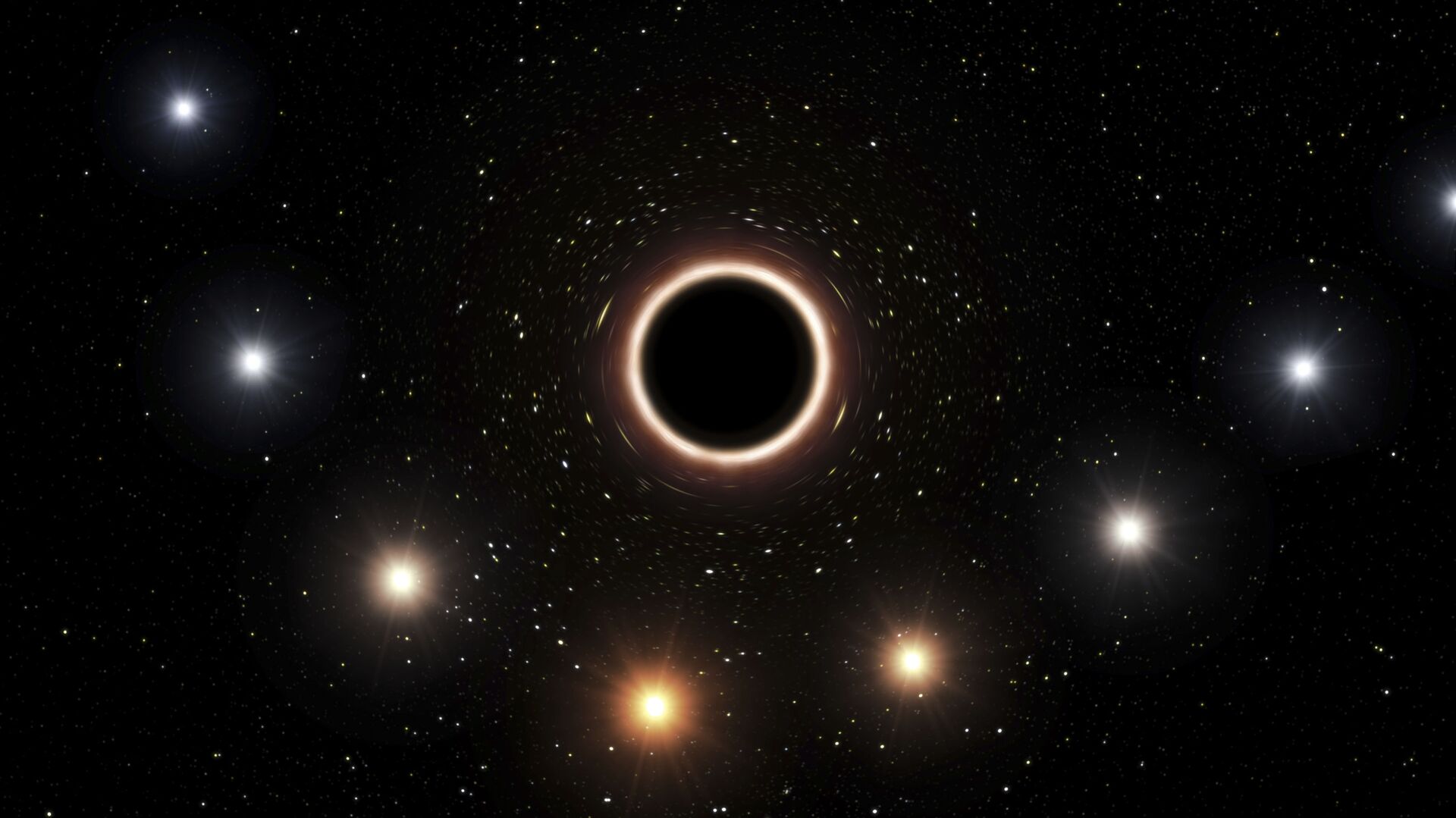https://sputnikglobe.com/20211104/nasa-funded-astrological-survey-sets-identification-of-alien-life-as-top-priority--1090484000.html
NASA-Funded Astrological Survey Sets Identification of Alien Life as Top Priority
NASA-Funded Astrological Survey Sets Identification of Alien Life as Top Priority
Sputnik International
A survey conducted by the National Academies of Sciences, Engineering, and Medicine has charted a path for the next decade of astronomy and astrophysics... 04.11.2021, Sputnik International
2021-11-04T22:27+0000
2021-11-04T22:27+0000
2022-08-06T13:32+0000
astronomy
astrophysics
science & tech
https://cdn1.img.sputnikglobe.com/img/107899/09/1078990949_0:120:3215:1928_1920x0_80_0_0_980373039d53cb9e211adf1943ba96fc.jpg
The survey identified the scientific priorities, possibilities, and necessary funding over the next 10 years to realize some lofty goals. It displays a grand plan for the future of astronomy and astrophysics to discover and study habitable planets, heighten humanity’s understanding of the universe, and further our understanding of what spurs the formation of galaxies.To achieve the three core scientific priorities, the study recommends massive investment to encourage the growth and sustainability of the profession, and suggests changes to how large, medium, and small space missions are conducted.According to the report, the National Science Foundation’s (NSF) Division of Astronomical Sciences suffers from underinvestment in core foundational activities. A lack of support for early-career scientists has limited the size, diversity, and skill of the workforce, while a lack of suitable data archiving makes crucial knowledge too hard for researchers to access.The survey recommends an investment of $16.5 million in additional annual grants by 2028 to increase the operational cost of existing research facilities.The report also recommends that NASA develop a new Great Observatories Mission and Technology Maturation Program. The program would oversee and develop multiple major space programs over the next decade, and would provide early investment in the construction of concepts to reduce the hazards and costs of projects.Additionally, the report recommended that the development of a new infrared/optical/ultraviolet (IR/O/UV) telescope be the first major new mission for NASA. A telescope of this quality can observe planets 10 billion times dimmer than their star and render spectroscopic data on exoplanets. With $11 billion in investment, the necessary technological advancements can be made for an IR/O/UV telescope to be brought online within a decade, with a launch set for the 2040s.Outside of major projects, the act of expanding, maintaining, and funding smaller scale missions and research centers is viewed as crucial. Ground-based telescopes remain the backbone of astronomy and are crucial for growing the profession and generating novel solutions and ideas.To form these recommendations, the study, over several years, drew from hundreds of white papers, town hall meetings, and heeded the advice of 13 sub-panels. The study was sponsored by NASA, the National Science Foundation, the US Department of Energy, and the US Air Force.
https://sputnikglobe.com/20211029/nasa-scientists-call-for-new-framework-to-discover-evidence-of-life-beyond-earth-1090328641.html
Sputnik International
feedback@sputniknews.com
+74956456601
MIA „Rossiya Segodnya“
2021
News
en_EN
Sputnik International
feedback@sputniknews.com
+74956456601
MIA „Rossiya Segodnya“
Sputnik International
feedback@sputniknews.com
+74956456601
MIA „Rossiya Segodnya“
astronomy, astrophysics, science & tech
astronomy, astrophysics, science & tech
NASA-Funded Astrological Survey Sets Identification of Alien Life as Top Priority
22:27 GMT 04.11.2021 (Updated: 13:32 GMT 06.08.2022) A survey conducted by the National Academies of Sciences, Engineering, and Medicine has charted a path for the next decade of astronomy and astrophysics research. One of their primary recommendations is to bolster humanity’s ability to detect alien life.
The survey identified the scientific priorities, possibilities, and necessary funding over the next 10 years to realize some lofty goals. It displays a grand plan for the future of astronomy and astrophysics to discover and study habitable planets, heighten humanity’s understanding of the universe, and further our understanding of what spurs the formation of galaxies.
To achieve the three core scientific priorities, the study recommends massive investment to encourage the growth and sustainability of the profession, and suggests changes to how large, medium, and small space missions are conducted.
According to the report, the National Science Foundation’s (NSF) Division of Astronomical Sciences suffers from underinvestment in core foundational activities. A lack of support for early-career scientists has limited the size, diversity, and skill of the workforce, while a lack of suitable data archiving makes crucial knowledge too hard for researchers to access.
The survey recommends an investment of $16.5 million in additional annual grants by 2028 to increase the operational cost of existing research facilities.
The report also recommends that NASA develop a new Great Observatories Mission and Technology Maturation Program. The program would oversee and develop multiple major space programs over the next decade, and would provide early investment in the construction of concepts to reduce the hazards and costs of projects.

29 October 2021, 21:47 GMT
Additionally, the report recommended that the development of a new infrared/optical/ultraviolet (IR/O/UV) telescope be the first major new mission for NASA. A telescope of this quality can observe planets 10 billion times dimmer than their star and render spectroscopic data on exoplanets. With $11 billion in investment, the necessary technological advancements can be made for an IR/O/UV telescope to be brought online within a decade, with a launch set for the 2040s.
Outside of major projects, the act of expanding, maintaining, and funding smaller scale missions and research centers is viewed as crucial. Ground-based telescopes remain the backbone of astronomy and are crucial for growing the profession and generating novel solutions and ideas.
To form these recommendations, the study, over several years, drew from hundreds of white papers, town hall meetings, and heeded the advice of 13 sub-panels. The study was sponsored by NASA, the National Science Foundation, the US Department of Energy, and the US Air Force.


